By Robert F. Dorr
When American air ace Major John Mitchell led 16 Lockheed P-38 Lightning fighters on the longest combat mission yet flown (420 miles) on April 18, 1943, Mitchell’s target was Isoroku Yamamoto, the Japanese admiral considered the architect of the Pearl Harbor attack.
Mitchell’s P-38 pilots, using secrets from broken Japanese codes, were going after Yamamoto, the poker-playing, Harvard-educated naval genius of Japan’s war effort. Mitchell’s P-38s intercepted and shot down the Mitsubishi G4M “Betty” bomber carrying Yamamoto. After the admiral’s death, Japan never again won a major battle in the Pacific War.
No band of brothers ever worked together better than the men who planned, supported, and flew the Yamamoto mission. Yet, after the war, veterans fell to bickering over which P-38 pilot actually pulled the trigger on Yamamoto.
There was one thing they never disagreed on. Like most young pilots of their era, they believed the P-38 Lightning was the greatest fighter of its time.
Roger J. Ames (1919-2000) flew the Yamamoto mission. This first-person account by Ames was recorded by the author in 1998 and appeared in his 2007 book, Air Combat: A History of Fighter Pilots; it has never before appeared in a magazine.
Intercepting a Crucial Japanese Radio Message
The downing of Admiral Isoroku Yamamoto is arguably the most studied fighter engagement of the Pacific War. Yamamoto, 56, was commander in chief of the Japanese Combined Fleet and the architect of the Pearl Harbor attack. He called himself the sword of Japan’s Emperor Hirohito. He claimed he was going to ride down Pennsylvania Avenue on a white horse and dictate the surrender of the United States in the White House.
Yamamoto studied at Harvard (1919-1921), traveled around America, was twice naval attaché in Washington, D.C., and understood as much about the United States, including U.S. industrial power, as any Japanese leader. In April 1943, Yamamoto was trying to prevent the Allies from taking the offensive in the South Pacific and was visiting Japanese troops in the Bougainville area.
On the afternoon of April 17, 1943, Major John Mitchell, commander of the 339th Fighter Squadron, was ordered to report to our operations dugout at Henderson Field on Guadalcanal. The 1st Marine Division had captured the nearly completed field the previous summer and named it for Major Lofton Henderson, the first Marine pilot killed in action in World War II when his squadron engaged the Japanese fleet that was attacking Midway.
Now Mitchell found himself surrounded by high-ranking officers. They told him the United States had broken the Japanese code and had intercepted a radio message advising Japanese units in the area that Yamamoto was going on an inspection trip of the Bougainville area.
The message gave Yamamoto’s exact itinerary and pointed out that the admiral was most punctual. They told Mitchell that Frank Knox, secretary of the Navy, had held a midnight meeting with President Franklin D. Roosevelt regarding the intercepted message. It was decided that we would try to get Yamamoto if we could. The report of the meeting was probably inaccurate because Roosevelt was on a rail trip away from Washington, but the plan to get Yamamoto unquestionably began at the top.
Eighteen P-38s Selected For the Mission
The Navy would never have admitted it, but the Army’s P-38 was the only fighter with the range to make the approximately 1,100-mile round trip. We were under the command of the Navy at Guadalcanal, so you can bet they’d have taken the job if they were able.
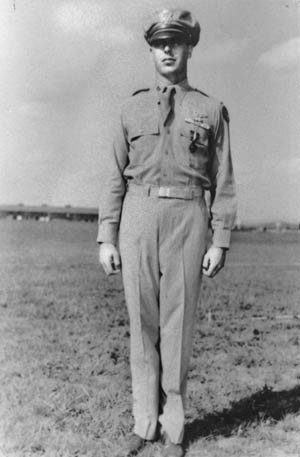
According to the intercepted message, Yamamoto and his senior officers were arriving at the tiny island of Ballale just off the coast of Bougainville at 9:45 the next morning. The message said that Yamamoto and his staff would be flying in Mitsubishi G4M “Betty” bombers, escorted by six Zeros. The Yamamoto trip was to include a visit to Shortland Island and Bougainville.
Mitchell was to be mission commander of 18 P-38s that would intercept, attack, and destroy the bombers. That’s all the P-38s we had in commission.
The Plan of Attack
Led by Mitchell, we planned the flight in excruciating detail. Nothing was left to chance. Yamamoto was to be at the Ballale airstrip just off Bougainville at 9:45 the next morning and we planned to intercept him 10 minutes earlier about 30 miles out. To ensure complete surprise, we planned a low level, circuitous route staying below the horizon from the islands we had to bypass, because the Japanese had radar and coastwatchers just as we did.
We plotted the course and timed it so that the interception would take place upon the approach of the P-38s to the southwestern coast of Bougainville at the designated time of 9:35 am. Each minute detail was discussed, and nothing was taken for granted. Takeoff procedure, flight course and altitude, radio silence, when to drop belly tanks, the tremendous importance of precise timing and the position of the covering element: all were discussed and explained until Mitchell was sure that each of his pilots knew his part and the parts of the other pilots from takeoff to return.
Mitchell chose pilots from the 12th, 70th, and 339th Fighter Squadrons. These were the only P-38 squadrons on Guadalcanal. The only belly tanks we had on Guadalcanal were 165-gallon tanks, so we had to send to Port Moresby for a supply of the larger 310-gallon tanks. We put one tank of each size on each plane. This gave us enough fuel to fly to the target area, stay in the area where we expected the admiral for about 15 minutes, fight, and come home. The larger fuel tanks were flown in that night, and ground crews worked all night getting them installed along with a Navy compass in Mitchell’s plane.
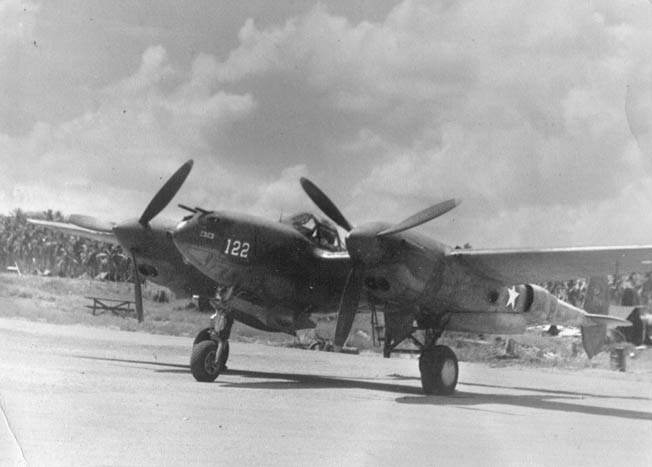
Four of our pilots were designated to act as the “killer section” with the remainder as their protection. Mitchell said that if he had known there were going to be two bombers in the flight he would have assigned more men to the killer section. The word for bomber and bombers is the same in Japanese. (Author’s note: Ames is incorrect on this point about the Japanese language).
Captain Thomas G. Lanphier, Jr., led the killer section. His wingman was 1st Lt. Rex T. Barber. 1st Lt. Besby F. “Frank” Holmes led the second element. His wingman was 1st Lt. Raymond K. Hine.
The cover section was led by Mitchell and included myself and 11 other pilots. Eight of the 16 pilots on the mission were from the 12th Fighter Squadron, which was my squadron.
Although 18 P-38s were scheduled to go on the mission, only 16 were able to participate because one plane blew a tire on the runway on takeoff and another’s belly tanks failed to feed properly.
“Bogeys! Eleven O’Clock, High!”
It was Palm Sunday, April 18, 1943. But since there were no religious holidays on Guadalcanal, we took off at 7:15 am, joined in formation, and left the island at 7:30 am, just two hours and five minutes before the planned interception. It was an uneventful flight but a hot one, at from 10 to 50 feet above the water all the way. Some of the pilots counted sharks. One counted pieces of driftwood. I don’t remember doing anything but sweating. Mitchell said he may have dozed off on a couple of occasions but received a light tap from “The Man Upstairs” to keep him awake.
Mitchell kept us on course flying the five legs by compass, time, and airspeed only. As we turned into the coast of Bougainville and started to gain altitude, after more than two hours of complete radio silence, 1st Lt. Douglas S. Canning––Old Eagle Eyes–– uttered a subdued “Bogeys! Eleven o’clock, high!” It was 9:35 am. The admiral was precisely on schedule, and so were we. It was almost as if the affair had been prearranged with the mutual consent of friend and foe. Two Betty bombers were at 4,000 feet with six Zeros at about 1,500 feet higher, above and just behind the bombers in a “V” formation of three planes on each side of the bombers.

We dropped our belly tanks. We put our throttles to the firewall and went for altitude. The killer section closed in for the attack while the cover section stationed themselves at about 18,000 feet to take care of the expected fighters from Kahili. As Mitchell said, “The night before we knew the Japanese had 75 Zeros on Bougainville and I wanted to be where the action was.
I thought, “Well, I’m going on up higher and we’re going to be up there and have a turkey shoot.’” We expected from 50 to 75 Zeros should be there to protect Yamamoto just as we had protected Secretary of the Navy Frank Knox when he came to visit a couple of weeks before. We’d had as many fighters in the air to protect Knox as we could get off the ground. I guess the Japanese had all their fighters lined up on the runway for inspection. Anyway, none of the Zeros came up to meet us. Our intercept force encountered only the Zeros that were escorting Yamamoto.
Lanphier and Barber: The First to Make Contact With the Enemy
Lanphier and Barber headed for the enemy. When they were about a mile in front and two miles to the right of the bombers, the Zeros spotted them. Lanphier and Barber headed down to intercept the Zeros. The Bettys nosed down in a diving turn to get away from the P-38s. Holmes, the leader of the second element, could not release his belly tanks so, in an effort to jar them loose, he turned off down the coast, kicking his plane around to knock the tanks loose. Ray Hine, his wingman, had no choice but to follow him to protect him. So Lanphier and Barber were the only two going after the Japs for the first few minutes.

From this point onward, accounts of the fight get mixed up about who shot down whom. Briefly, here is probably what happened based on the accounts of all involved. I did not see what was happening 18,000 feet below me.
As Lanphier and Barber were intercepted by the Zeros, Lanphier turned head-on into them and shot down one Zero and scattered the others. This gave Barber the opportunity to go for the bombers. As Barber turned to get into position to attack the bombers, he lost sight of them under his wing, and when he straightened around he saw only one bomber, going hell bent for leather downhill toward the jungle treetops.
Barber went after the Betty and started firing over the fuselage at the right engine. And as he slid over to get directly behind the Betty, his fire passed through the bomber’s vertical fin and some pieces of the rudder separated from the plane. He continued firing and was probably no more than 100 feet behind the Betty when it suddenly snapped left and slowed down rapidly, and as Barber roared by he saw black smoke pouring from the right engine.
Shooting Down the Betty
Barber believed the Betty crashed into the jungle, although he did not see it crash. And then three Zeros got on his tail and were making firing passes at him as he headed toward the coast at treetop level taking violent evasive action. Luckily, two P-38s from Mitchell’s flight saw his difficulty and cleared the Zeros off his tail. Holmes said it was he and Hine that chased the Zeros off Barber’s tail. Barber said he then looked inland and to his rear and saw a large column of black smoke rising from the jungle, which he believed to be the Betty he’d shot.
As Barber headed toward the coast he saw Holmes and Hine over the water with a Betty bomber flying below them just offshore. He then saw Holmes and Hine shoot at the bomber with Holmes’ bullets hitting the water behind the Betty and then walking up and through the right engine of the Betty. Hines started to fire, but all of his rounds hit well ahead of the Betty. Then Holmes and Hine passed over the Betty and headed south.
Barber said that he then dropped in behind the Betty flying over the water and opened fire. As he flew over the bomber it exploded, and a large chunk of the plane hit his right wing, cutting out his turbo supercharger intercooler. Another large piece hit the underside of his gondola, making a very large dent in it.
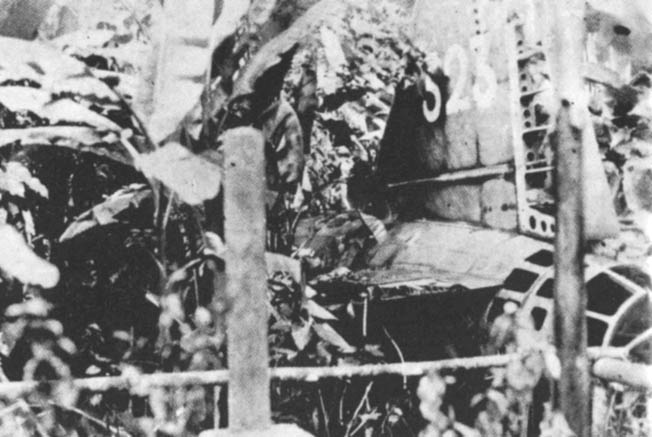
After this, he, Holmes, and Hine fired at more Zeros. Barber said that both he and Holmes shot down a Zero, but Hine was seen heading out to sea smoking from his right engine. As Barber headed home, he saw three oil slicks in the water and hoped that Hine was heading for Guadalcanal, but that was not the case.
Lanphier, having scattered the Zeros, found himself at about 6,000 feet. Looking down, he saw a Betty flying across the treetops, so he came down and began firing a long, steady burst across the bomber’s course of flight, from approximately right angles. In another account, Lanphier said he was clearing his guns. By both accounts, he said he felt he was too far away, yet, to his surprise, the bomber’s right engine and right wing began to burn and then the right wing came off and the Betty plunged into the jungle and exploded.
Return to Guadalcanal
Lanphier said that three Zeros came after him, and he called Mitchell to send someone down to help him. Then, hugging the earth and the treetops while the Zeros made passes at him, he unwittingly led them over a corner of the Japanese fighter strip at Kahili.
He then headed east and, with the Zeros on his tail, he got into a high-speed climb and lost them at 20,000 feet; he got home with only two bullet holes in his rudder. Contrast this to the 104 bullet holes in Barber’s plane, plus the knocked-out intercooler and the huge dent in his gondola.
Flying back to Guadalcanal, I heard Lanphier get on the radio and say, “That SOB won’t dictate peace terms in the White House.” This really upset me because we were to keep complete silence about the fact that we had gone after Yamamoto. The details of this mission were not to leave the island of Guadalcanal.
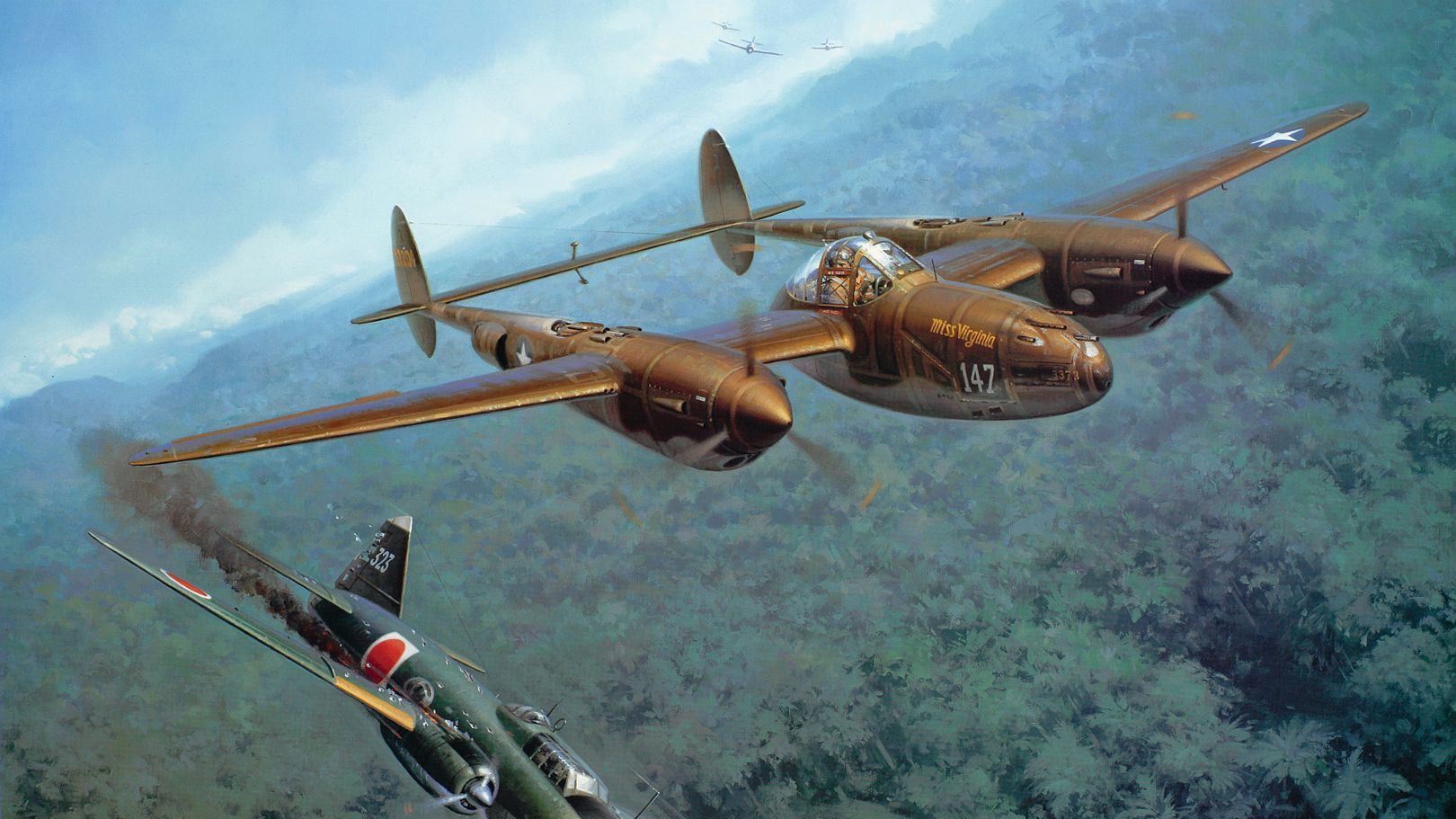
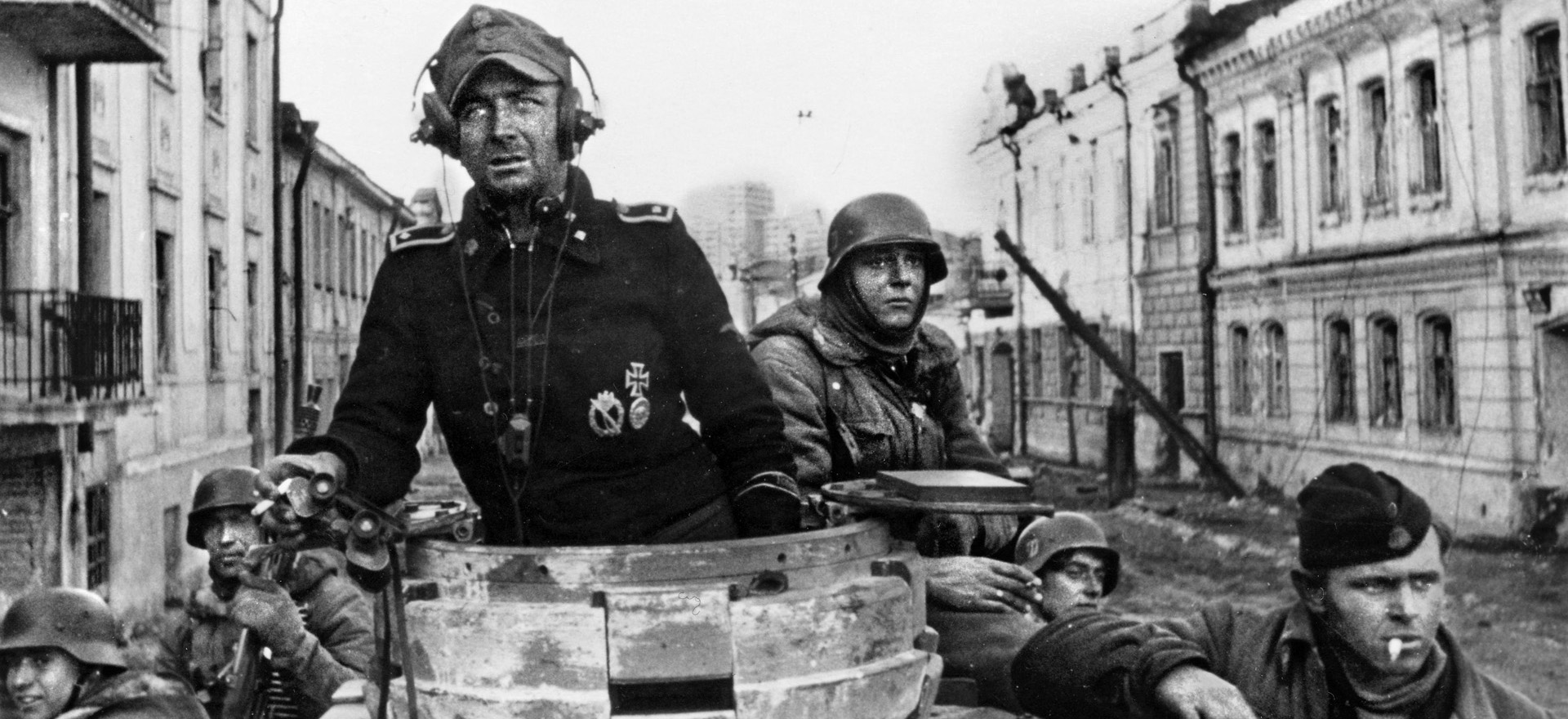
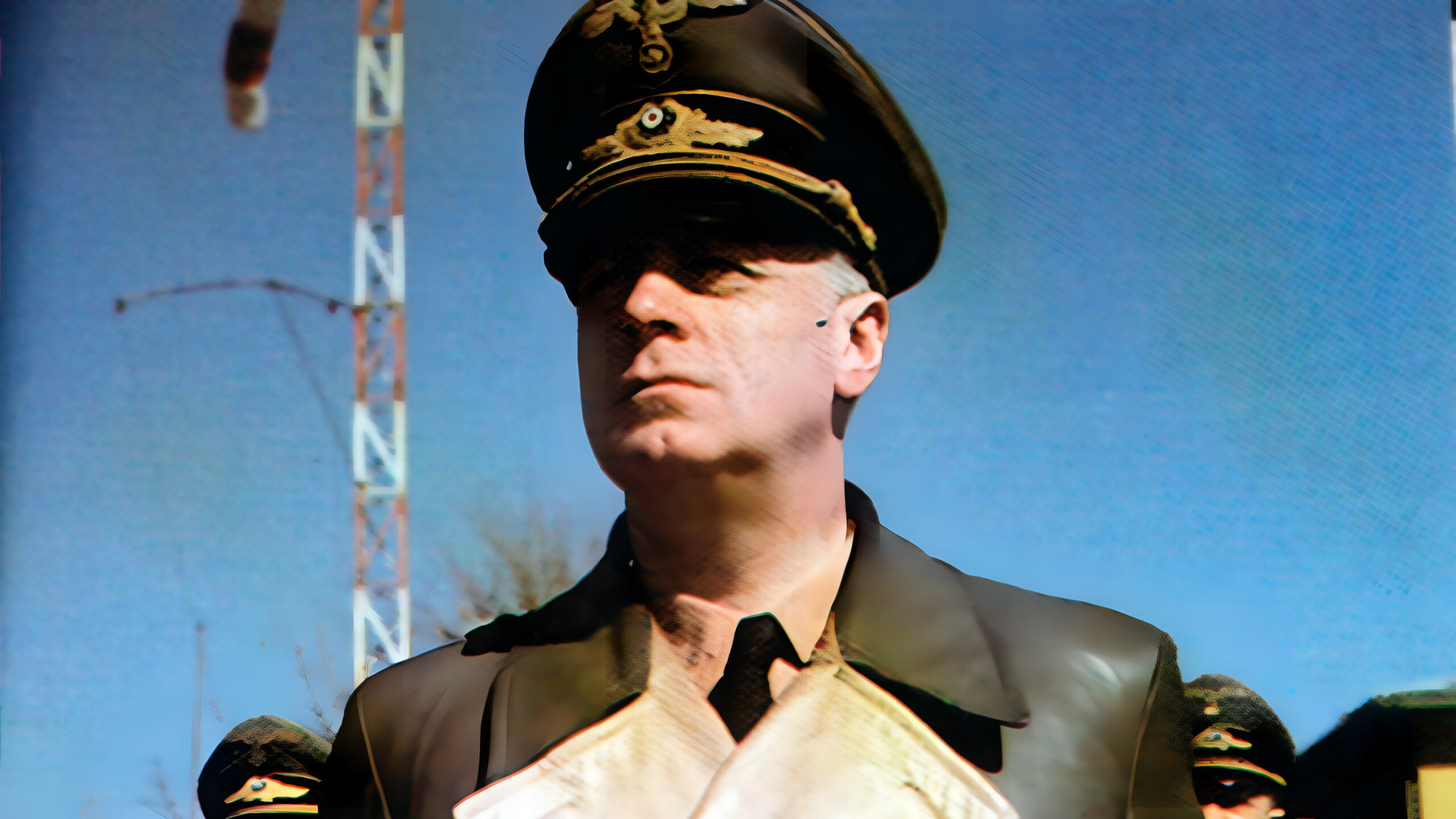
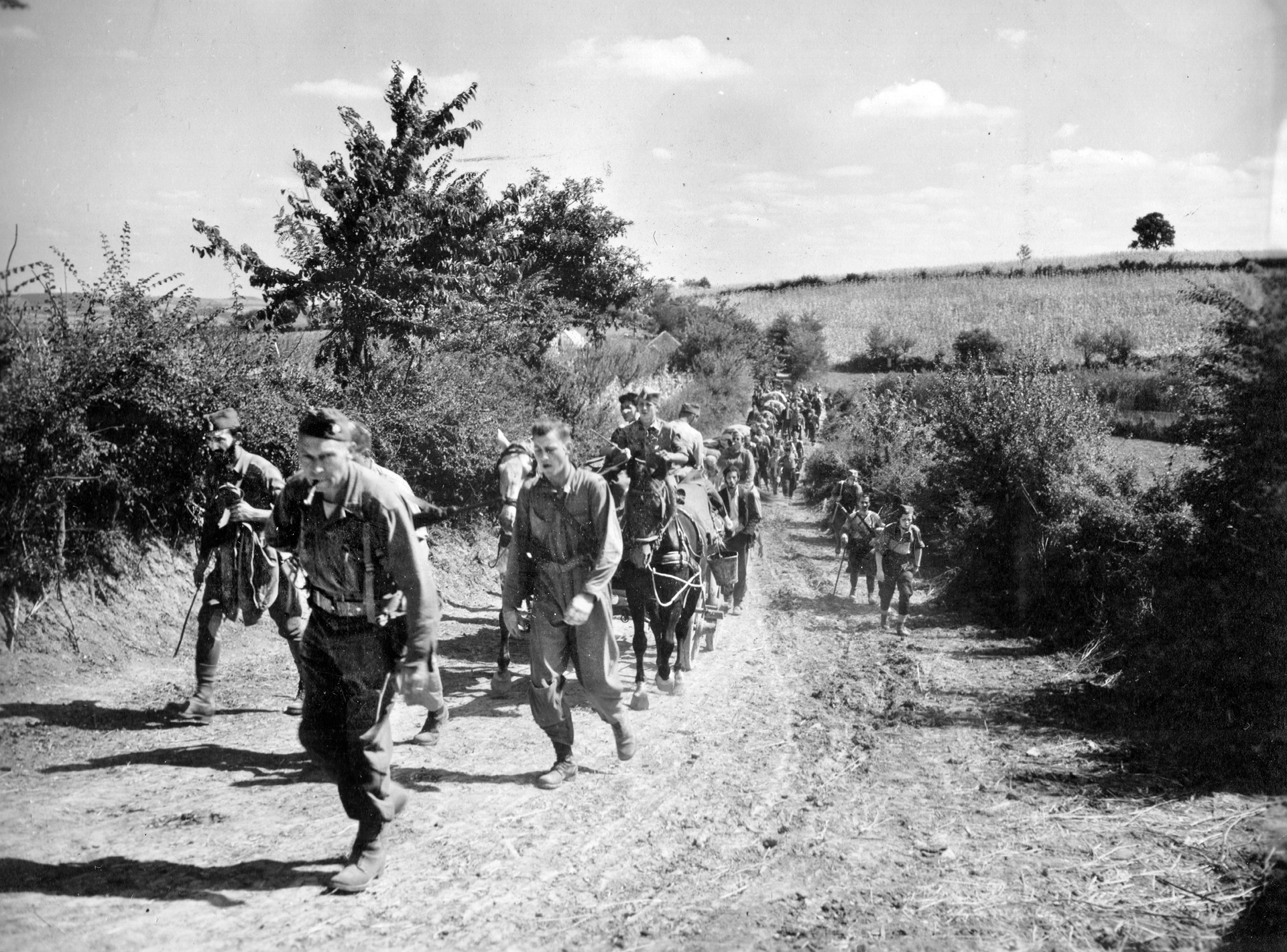
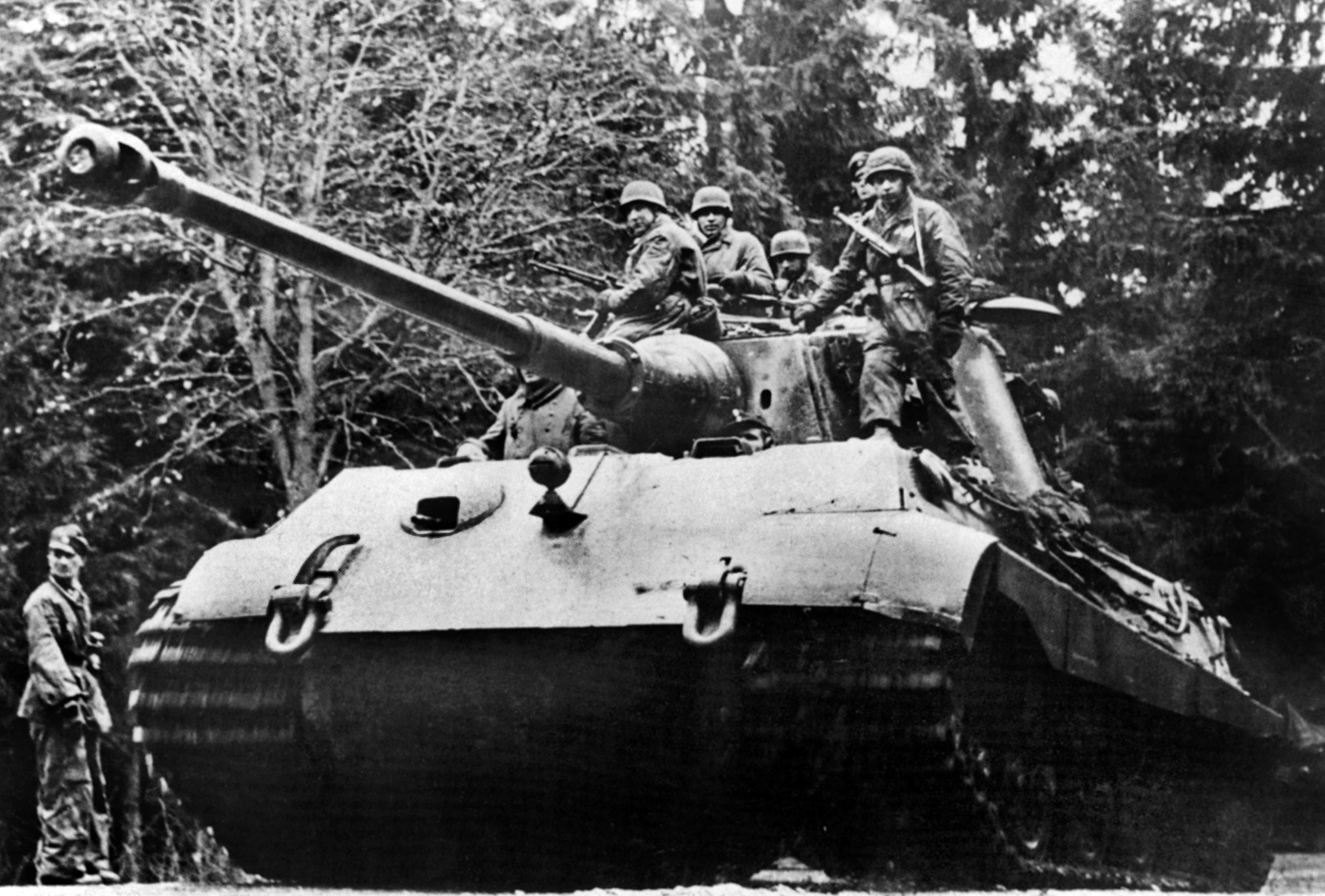
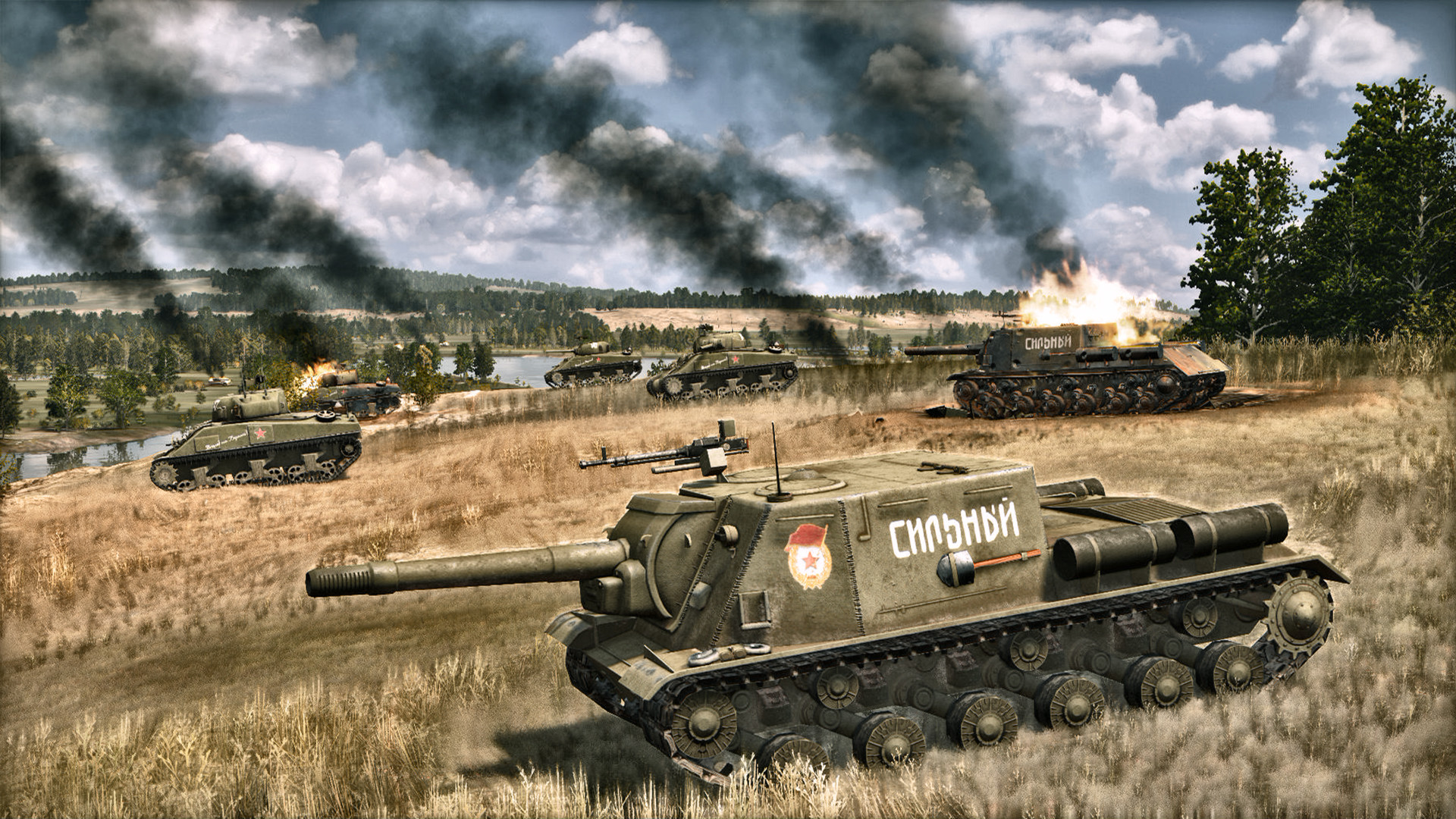
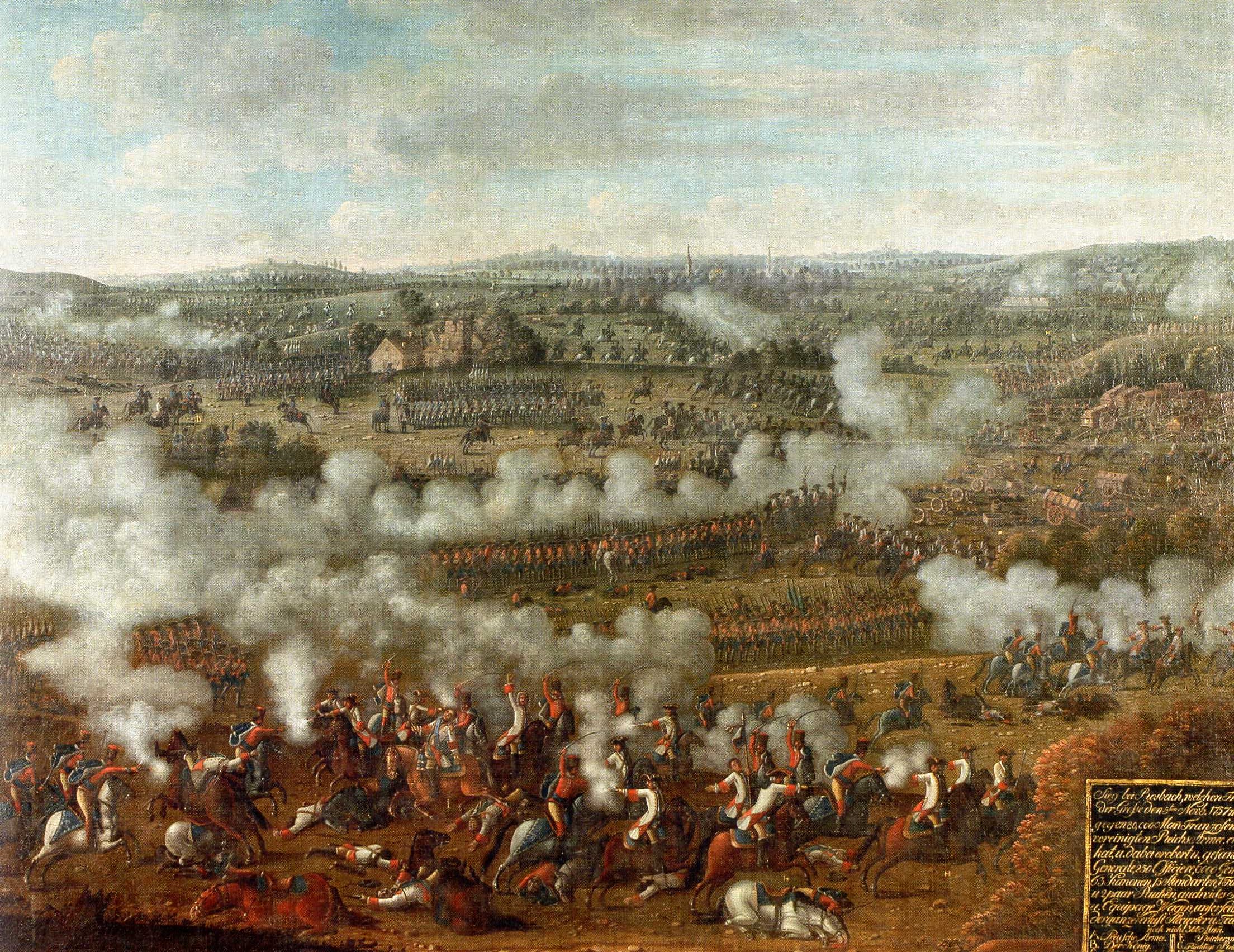
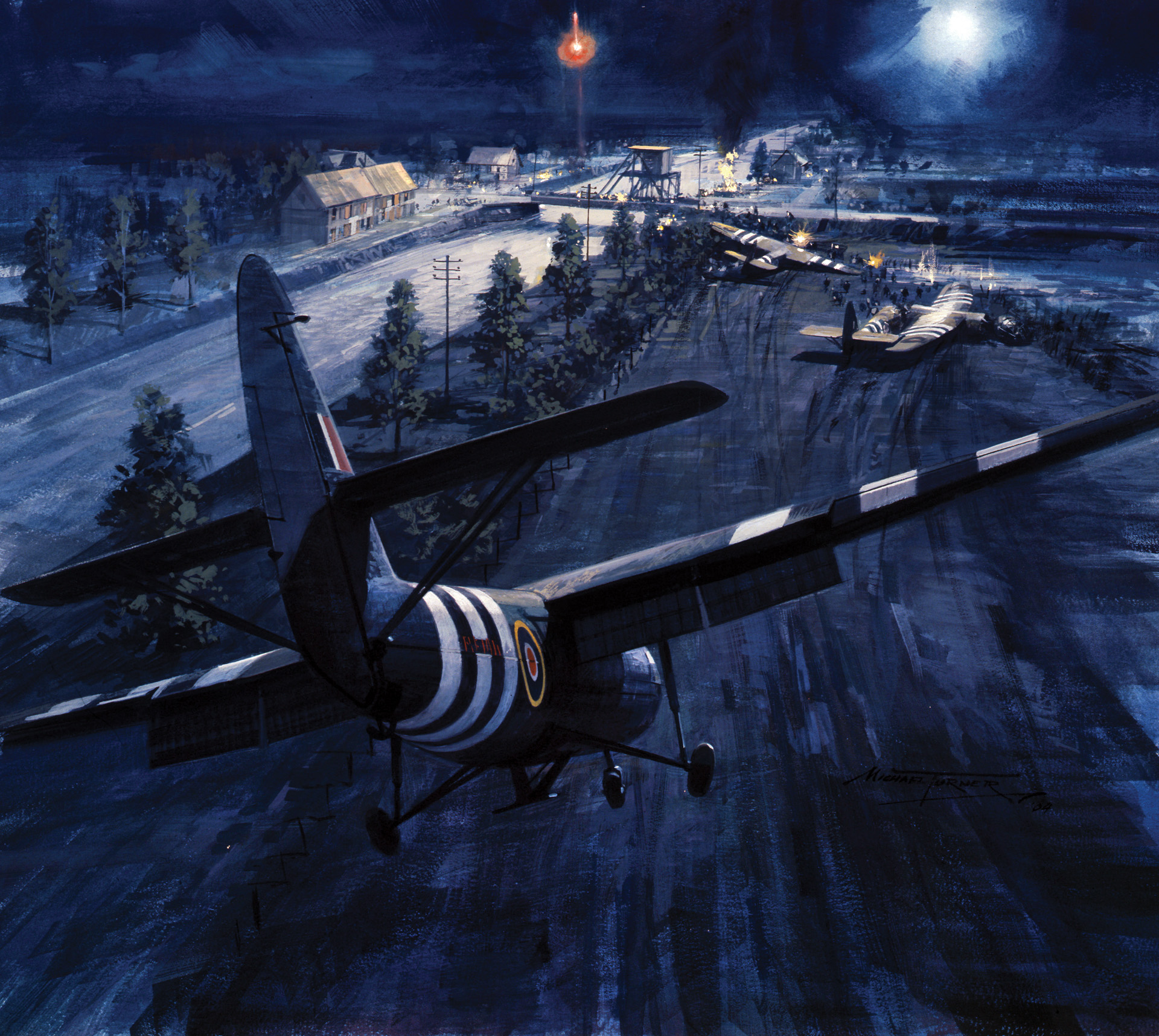
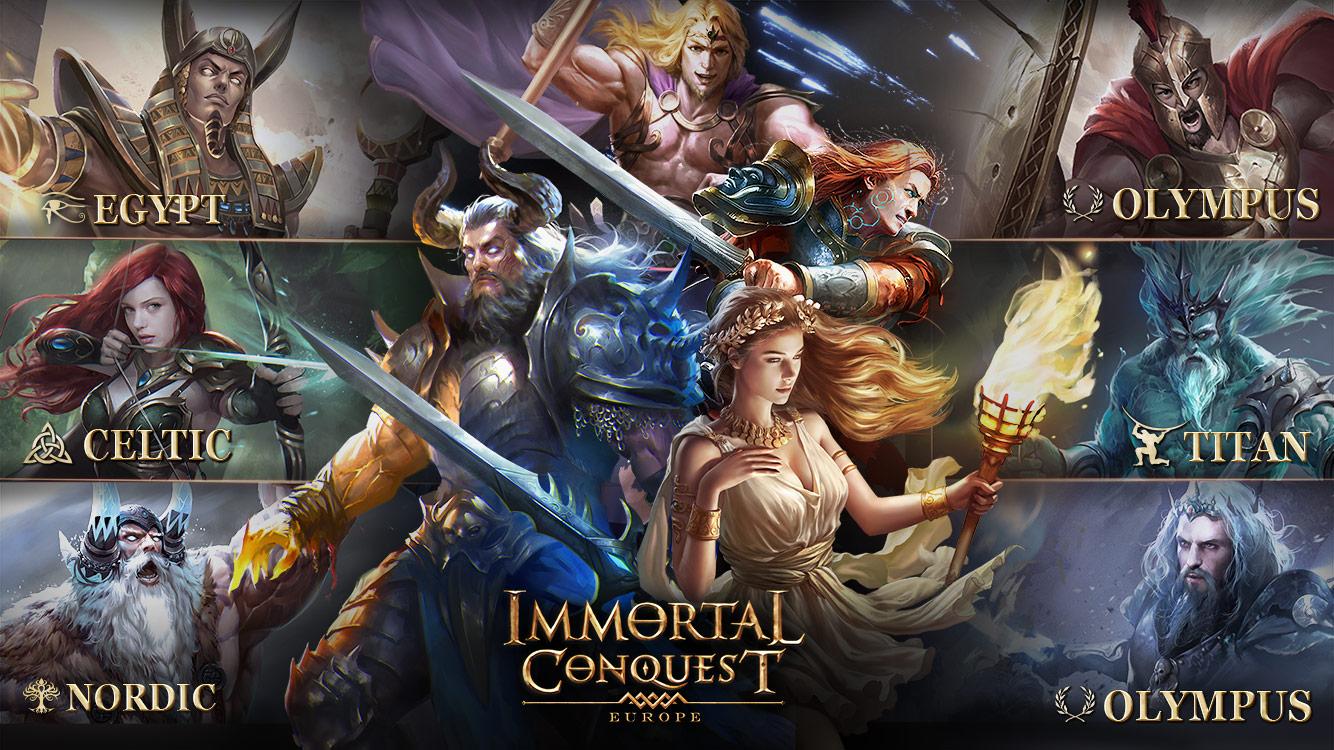
“He claimed he was going to ride down Pennsylvania Avenue on a white horse and dictate the surrender of the United States in the White House.”
Can you please provide a source for this statement?
Gregg: Try any American history textbook covering that area of time for the source. It is a very well known quote and fact that to beat America, Yamamoto believed that he would need to ride down Pennsylvania Avenue and dictate terms in the White House.
Unfortunately, what he meant by that was that he did NOT thin k that was going to happen. He also stated that he thought he would run wild for 6 months but could give no guarantee after that. 6 months, almost to the day, from Pearl Harbor was Midway.
Hate to say it, but very much doubt the pilots would have been told the Japanese codes had been broken and the info came from an intercepted radio message. Pilots had no need-to-know. They just needed to know what the target was and when was the best time to intercept the target.
Not 100% sure but I believe that comment was made by Halsey and he was going to ride a white horse into the Imperial Palace and dictate the terms to Hirohito. In support of this is that Hirohito was frequently pictured on a white horse. Yamamoto was never confident of victory over the United States and indeed was known to have said that (not an exact quote) he would run wild for six months following the attack on Pearl Harbor but would have no confidence in the results if the war extended beyond that. The battle of Midway lacked three days of occurring six months after Pearl Harbor. It should also be noted that Midway was eleven months prior to the shooting down of Yamamoto.
I absolutely agree with Michael Markovitch. There is absolutely no way that the pilots would have been told we had broken the Japanese codes. That information was so classified I would doubt that many of the flag rank officers below Nimitz, Spruance and Halsey and MacArthur were aware of the fact. A basic concept of security is the “need to know” and a pilot on the mission most certainly would not have that.
Note that in the Philippines the cryptographers were evacuated from Corregidon as a first priority.
Agreed.
This story is told by pilot Roger Ames, who was on the mission, and reflects what he saw of the mission, and knew of the details surrounding it. As several readers have pointed out here, it is unlikely that the pilots would have been told about the breaking of the Japanese codes. This comment likely reflects what he learned in the years after the war.
Almost sure if not definite that Yamamoto is quoted as saying after the Pearl Harbor attack, “…that you have awakened a sleeping giant”. Because of that quote it is difficult to believe that he would have said something so disrespectful.
The exact quote is probably apocryphal but almost surely reflected his thinking as he was one of very few ranking Japanese officers that was familiar with the US through personal experience.
I have had the opportunity of meeting “Besby” Frank Holmes several years ago and heard a lot on his part of the engagement with the Yamamoto group. He didn’t realize that when he finally shook the 300 gallon tank off his plane, it caused a fuel leak and he would not make it back to Guadalcanal. He knew of a small airstrip on an island that the Marines had very recently taken, so he went there and landed. The Marines were upset that he landed, as they were not operational yet. I believe they found 4 gallons of fuel in the plane. “Besby” knew that the PT boats used the same fuel that he needed, and they managed to contact one to come by and give him enough fuel to get back to base, which he did. Everyone was glad to see him, as they thought he’d gone down.